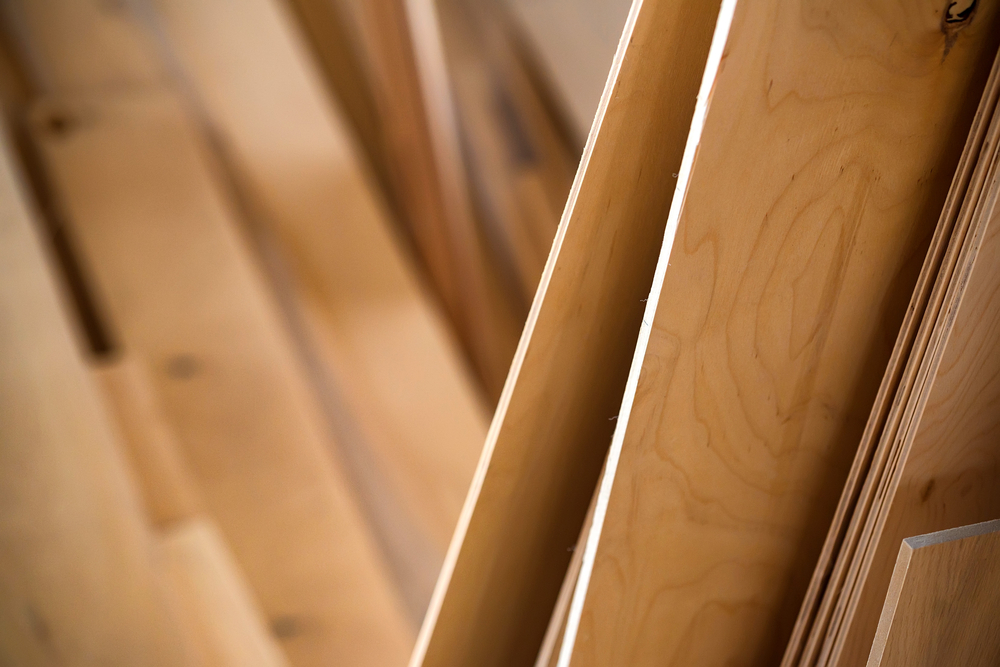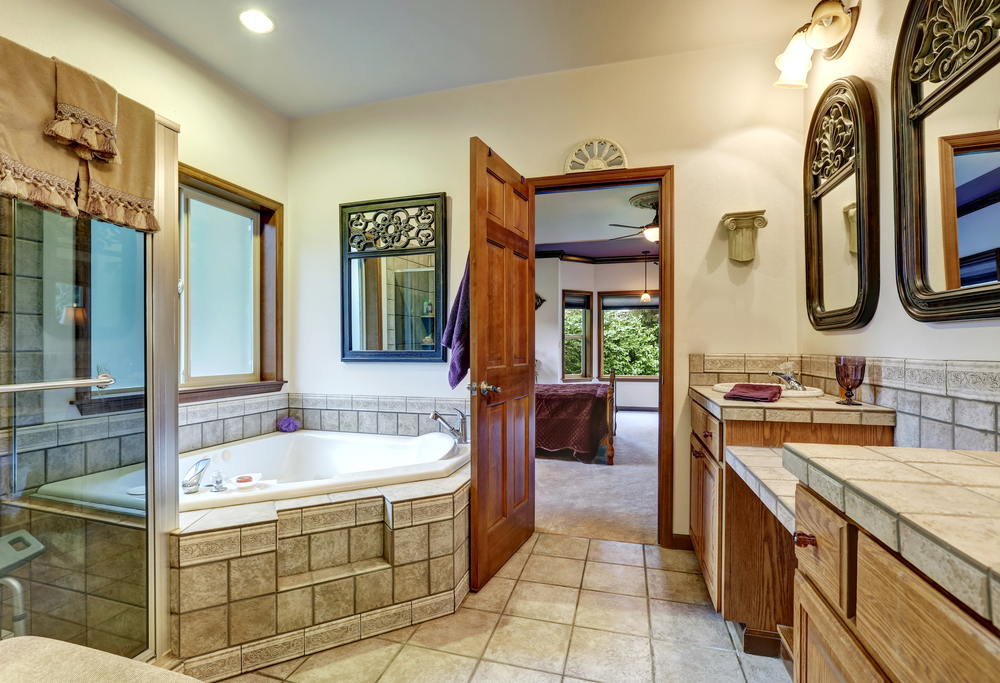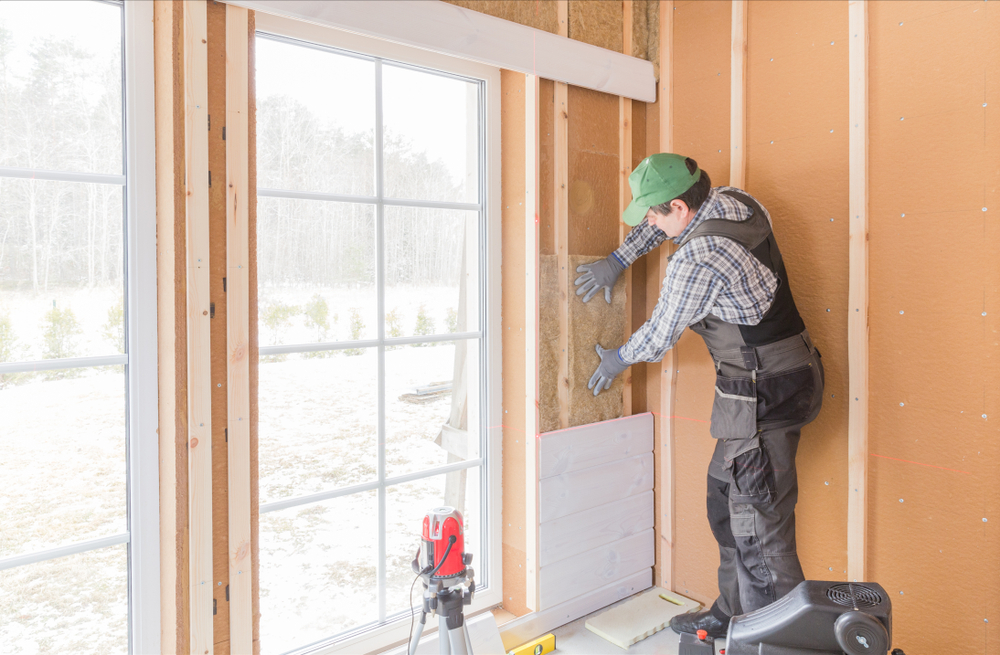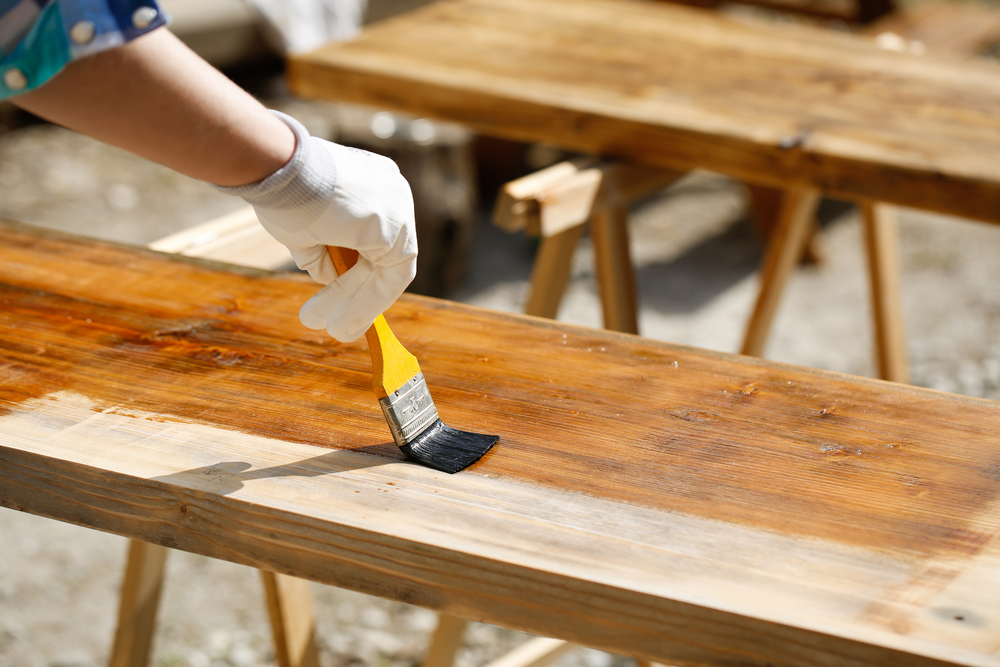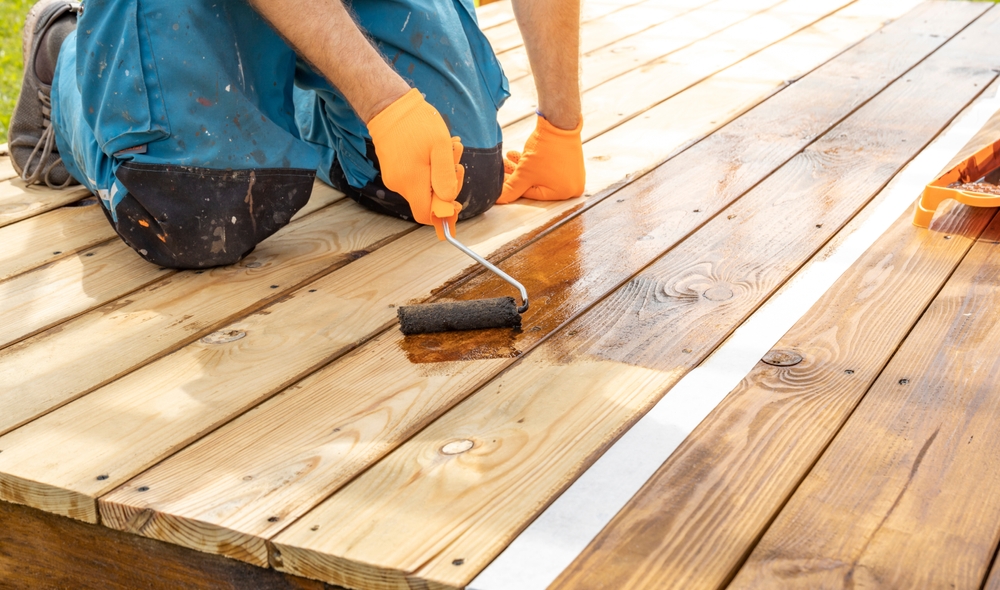Can You Paint Treated Lumber?
Treated lumber is commonly used in construction for its durability and resistance to decay. The treatment process involves infusing the wood with chemicals to protect it from insects and moisture. Many wonder if this type of wood can be painted. Painting treated lumber is indeed possible, but there are important considerations and steps to ensure success.
Understand the Treatment Process
To comprehend why painting treated lumber can be tricky, you need to understand the chemical treatment. Pressure-treated wood is saturated with chemical preservatives. This process makes the wood denser and more resistant to rot. However, the treatment can also make the surface more difficult for paint to adhere to. Not all treated lumber is the same. The most common types are alkaline copper quaternary (ACQ), copper azole, and micronized copper azole. Each has its own chemical composition. Ask your supplier for information on the type you have.
The Right Timing
Paint will not adhere to freshly treated lumber. This is because the wood is often damp from the treatment. It needs time to dry out completely. The drying time varies based on the wood’s exposure to sunlight and wind. Most experts recommend waiting at least six months before attempting to paint. You can test readiness by sprinkling water on the surface. If the wood absorbs the water instead of beading, it is dry enough to paint.
Preparing the Lumber
Once the wood is dry, preparation is key. Start by cleaning the wood surface. Use a mixture of water and a mild detergent. Scrub using a stiff-bristled brush to remove dirt, grime, and any chemical residues. Once cleaned, rinse the wood thoroughly. Allow it to dry completely before moving on to the next step. Sand the wood lightly to remove any rough spots or splinters. This also helps the paint adhere better. Use medium-grit sandpaper for best results. Finally, use a tack cloth to wipe away any sanding dust.
Choosing the Right Products
Select a high-quality primer designed for exterior wood. Oil-based primers are usually recommended for treated lumber. They adhere well to the wood fibers and provide a good base for paint. Apply the primer using a brush or roller. Make sure to cover all surfaces, including the ends and edges of the wood. Allow the primer to cure as per the manufacturer’s instructions.
When it comes to paint, use a high-quality acrylic latex paint. This type of paint is known for its durability and flexibility. It can expand and contract with the wood, preventing cracking and peeling. Apply the paint in thin, even coats. More than one coat may be necessary for full coverage and protection. Always allow each coat to dry thoroughly before applying the next.
Special Considerations
There are additional considerations when painting treated lumber for specific purposes. For projects exposed to heavy wear, such as decks or playgrounds, choose a paint with added durability. These have additives that resist scuffs and abrasions. Treated lumber used in wet or humid environments requires paint designed to withstand excess moisture. Mildew-resistant paints are often a good choice.
Maintaining Painted Treated Lumber
Regular maintenance will prolong the life and appearance of your painted treated lumber. Inspect your painted surfaces annually. Look for signs of wear and tear, such as peeling or cracking. Touch up these areas promptly to prevent further deterioration. Clean painted surfaces periodically to remove mold, mildew, and dirt. Use a mild detergent and water. Avoid using pressure washers, as they can strip paint.
- Check the integrity of paint annually.
- Address any peeling or cracking immediately.
- Clean painted surfaces gently.
Follow these practices to maintain the protective and aesthetic finish of painted treated lumber. By adhering to recommended products and application techniques, you can achieve quality and longevity in your painted wood projects.

